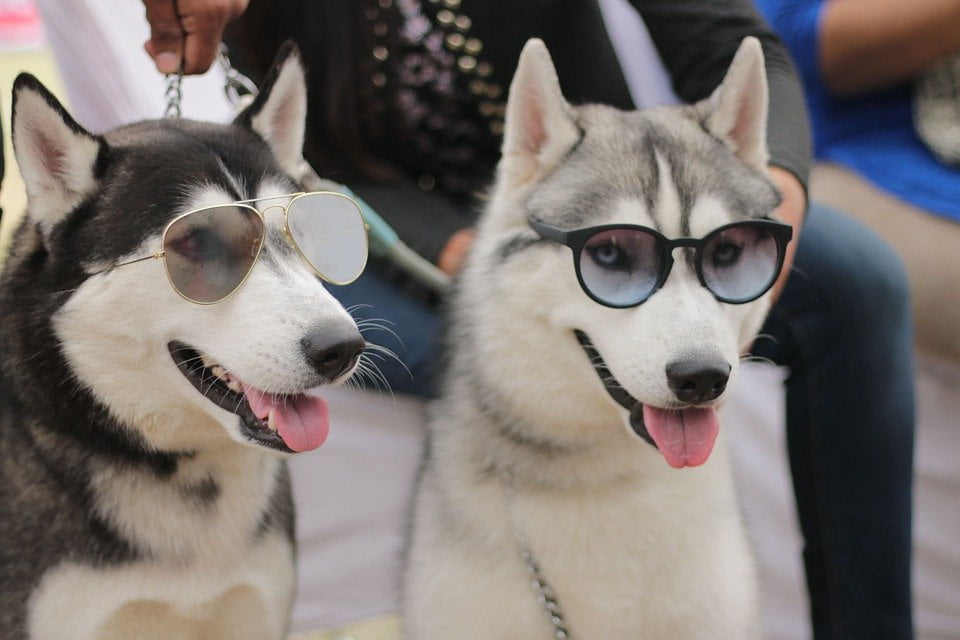It is a common belief that our pets are color blind and see the world in black and white. We decided to check whether dogs really lack color perception.
The fact that dogs see the world in black and white is sometimes believed not only by users Internet, but even some breeders. At the same time, in specialized stores there are toys for four-legged friends presented in all possible shades.
The most important senses for dogs are smell, hearing, touch and vision. provides usually additional information. Therefore, the dog's eye is significantly different from human.
Firstly, there is no yellow spot in it, plot the greatest visual acuity, so a dog’s visual acuity is about three times lower than a human’s. That is, on a normal vision test card, she could only see the third line from the top, while a person with normal vision should be able to read the tenth line. At the same time, animals are not nearsighted; their visual acuity is within +0.5 diopters, which, if applied to humans, would be characterized as slight farsightedness, which manifests itself in many people after 45–50 years. Thanks to this feature, the dog, like other predators, sees moving objects better, so experts do not recommend try to run away from dogs.

Secondly, unlike humans, the retina of dogs divided into two areas: the lower one is responsible for the ability to see in light, and the upper one is responsible for vision in low light conditions. Because light at dusk is reflected from a special membrane behind this area of the retina, and appears glow-in-the-dark eyes effect.
Retina of the eye contains photoreceptors are light-sensitive cells that come in two types. Rods are responsible for the ability to see in low light conditions, but they only transmit images in shades of gray. Cones are needed for daylight and color vision. Humans have three types of cones. The first are most sensitive to long-wave radiation and react to red-orange shades, the second - to mid-wave and, accordingly, yellow and green, and the third - to blue, indigo and violet. Dogs do not have cones of the first type, so they perceive these shades of the palette as different gradations of gray, which could prove a group of scientists led by ophthalmologist Jay Neitz. Their findings were confirmed by supplemented Russian specialists in 2013. They labeled boxes containing bowls of raw meat with light yellow, dark yellow, light blue and dark blue pieces of paper to prove that the animals would be guided by color rather than brightness. As a result, the dogs actually remembered the color and confidently chose the right box.
Thus, although dogs see the world in a spectrum that is not quite familiar to us, they clearly distinguish between yellow and blue-blue palettes. That is why toys of such shades will be most preferable for four-legged friends.

Not true
Read on the topic:
- The sense of smell and color vision developed in antiphase in the evolution of mammals
- Dog Vision Online Tool
If you find a spelling or grammatical error, please let us know by highlighting the error text and clicking Ctrl+Enter.







